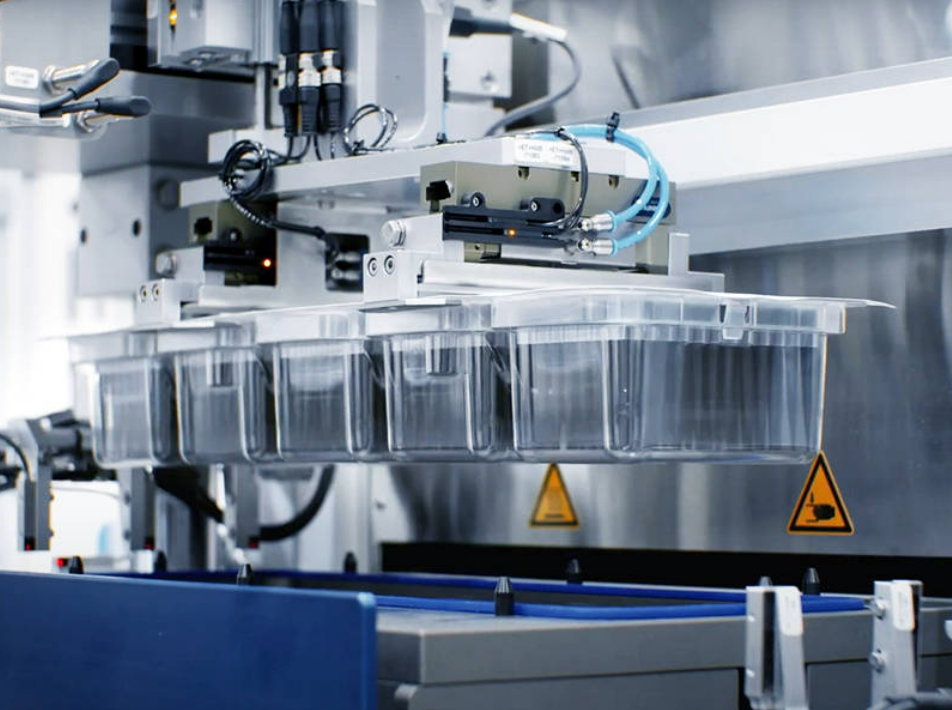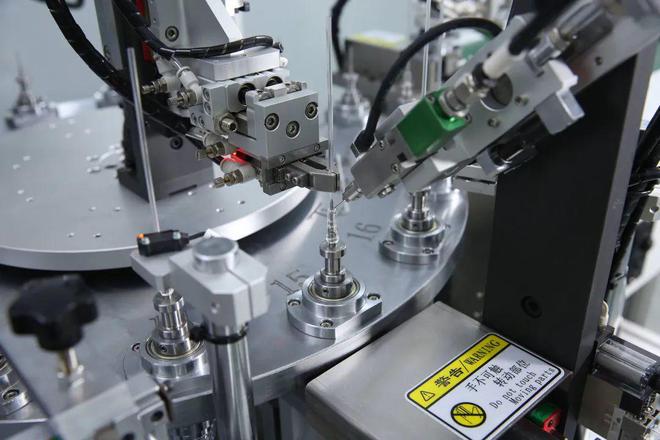Firstly, non-standard automated production lines can significantly improve production efficiency. Through precise control and efficient collaboration, non-standard automated production lines can significantly improve production speed and cycle, thereby winning valuable market time for enterprises. In addition, non-standard automated production lines use robots and automated control systems to reduce manual intervention, further reducing production cycles and costs.
Secondly, non-standard automated production lines also have significant advantages in reducing costs. Although the initial investment is high, the cost-effectiveness demonstrated in long-term operation cannot be ignored. By reducing manual intervention, lowering waste rates, and improving production efficiency, non-standard automated production lines can achieve investment returns in a short period of time, creating greater economic benefits for enterprises.

In terms of improving product quality, non-standard automated production lines ensure stable and reliable product quality by precise control of production parameters and real-time monitoring of production status, reducing scrap rates and rework costs. In addition, the design and manufacturing process of non-standard automated production lines fully consider the production process and quality requirements of the products, further improving the accuracy and quality of the products.
Non standard automated production lines also have high flexibility and scalability. When market demand changes, enterprises can quickly adapt to market changes and meet customers' personalized needs by adjusting production line configurations and optimizing production processes. This flexibility gives non-standard automated production lines a greater competitive advantage in rapidly changing market environments.

Finally, non-standard automated production lines can reduce manual intervention and risks. Through the application of intelligent management systems, enterprises can achieve real-time monitoring and data analysis of the production process, timely discover and solve potential problems, and ensure production safety.